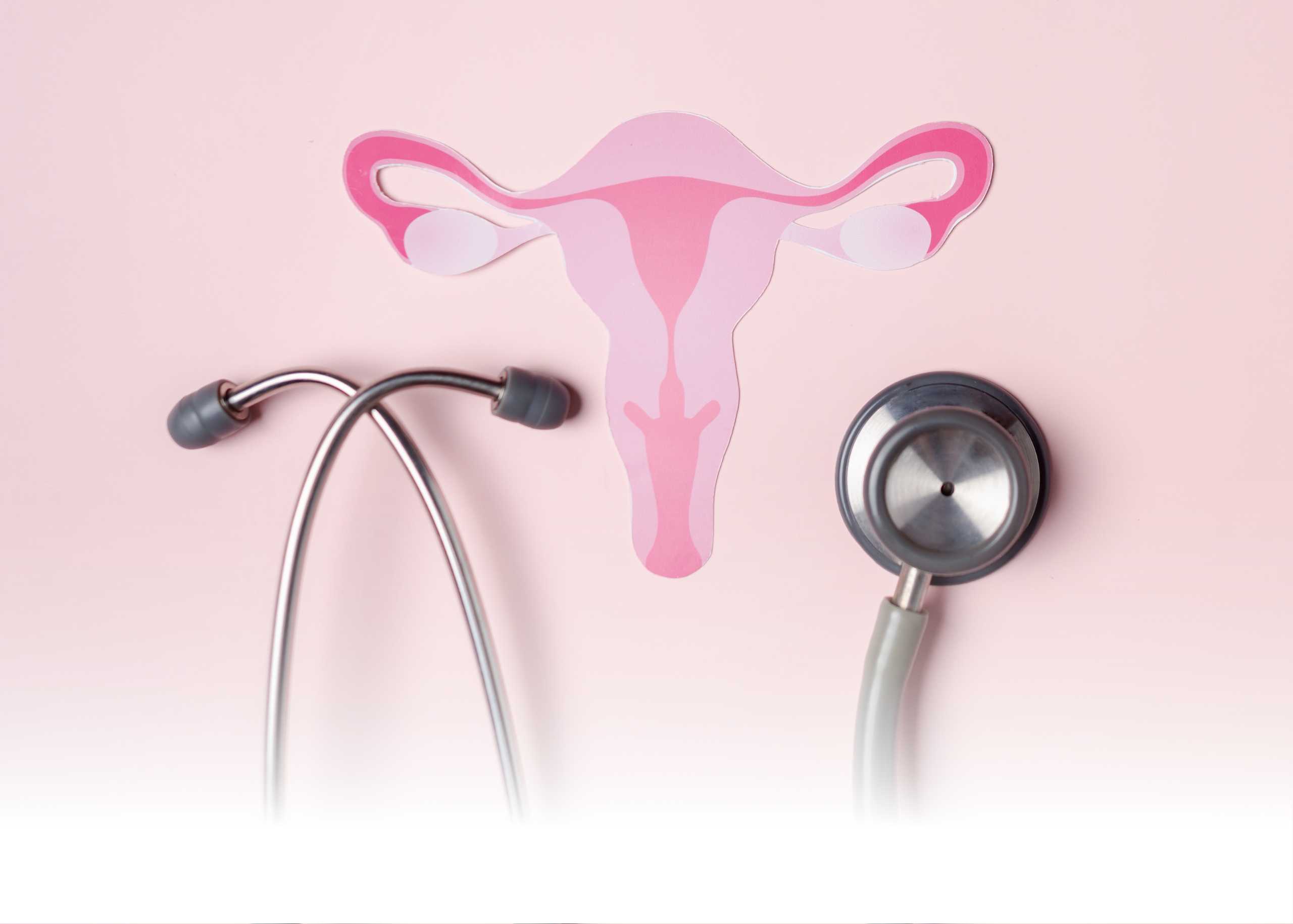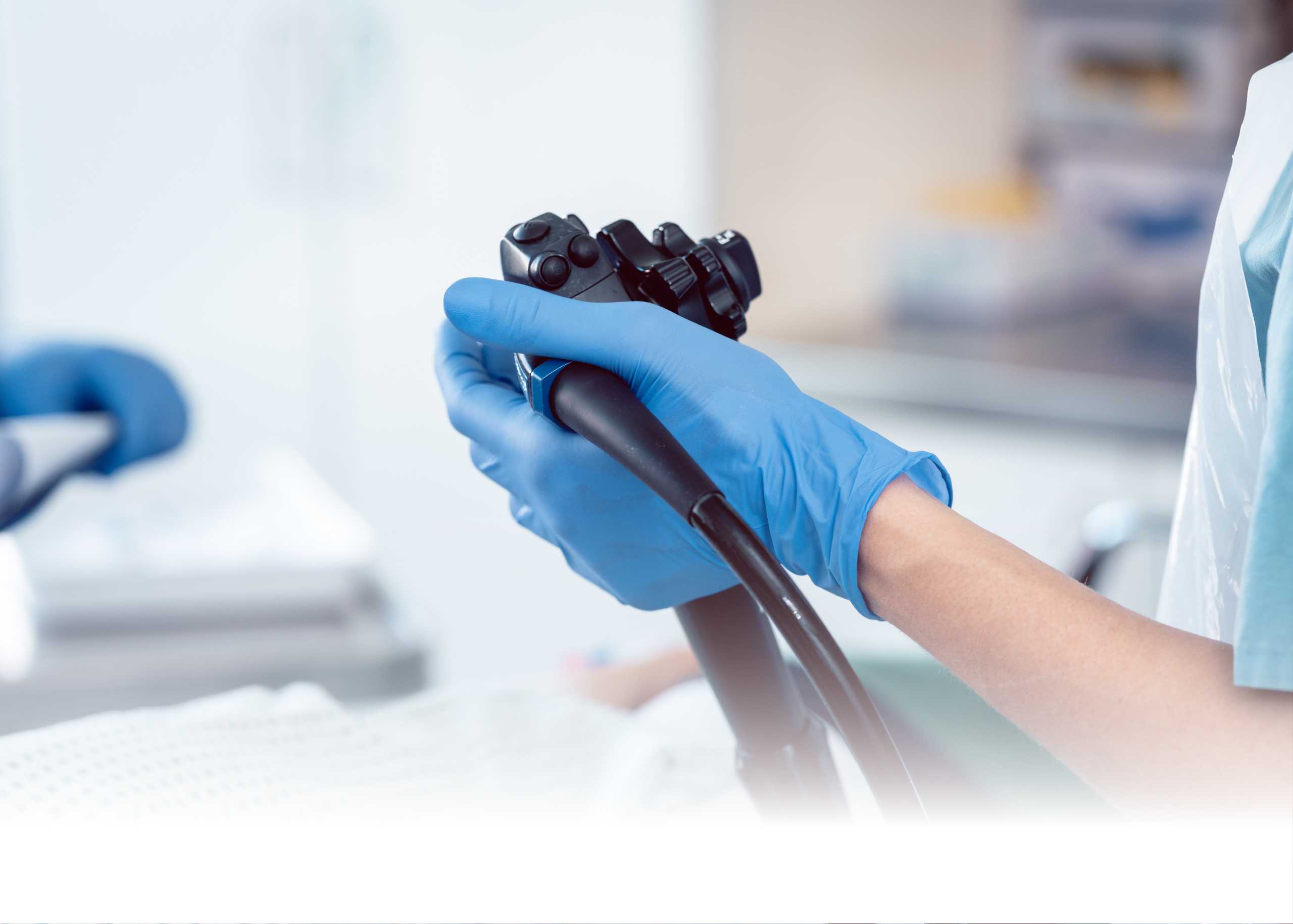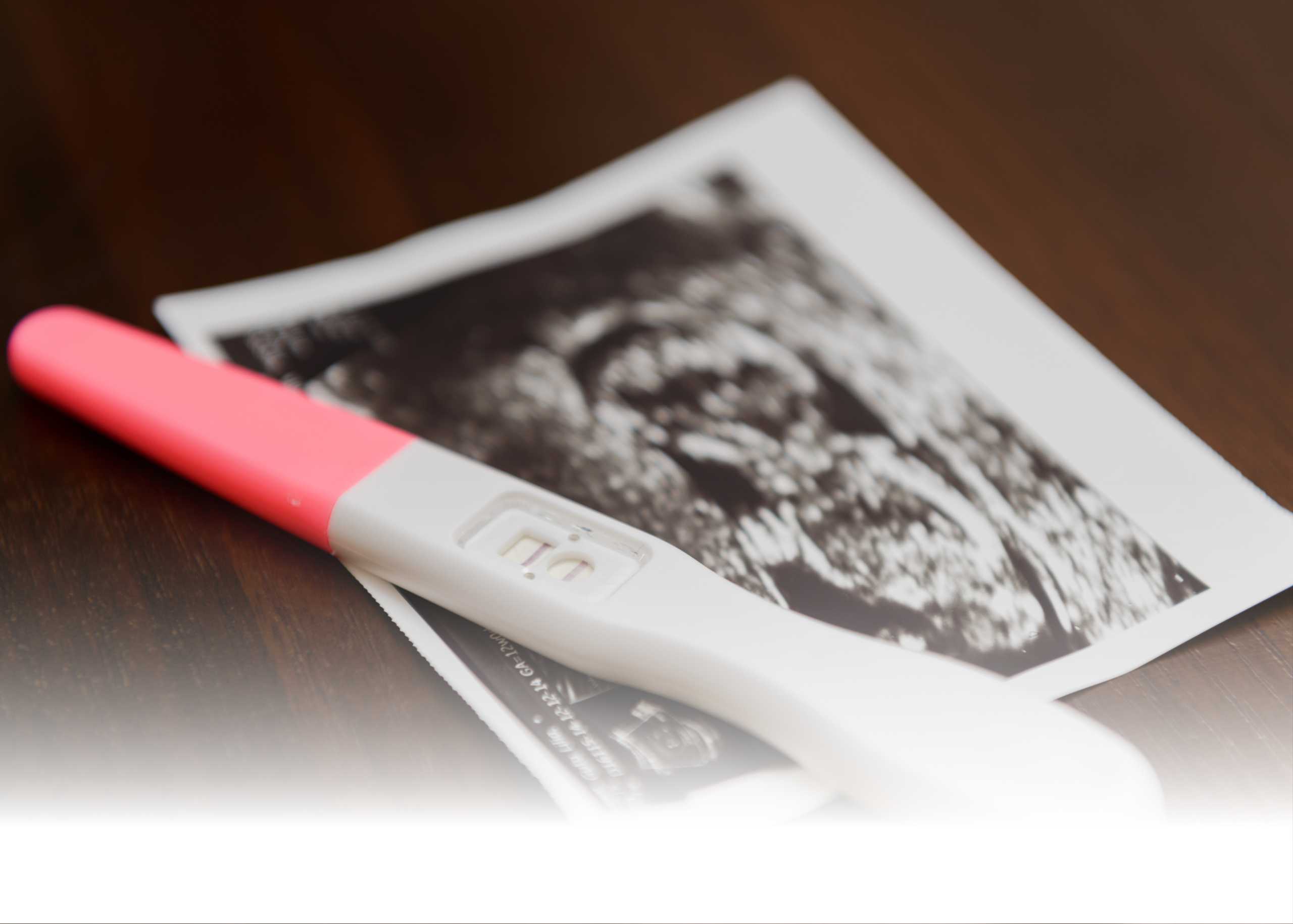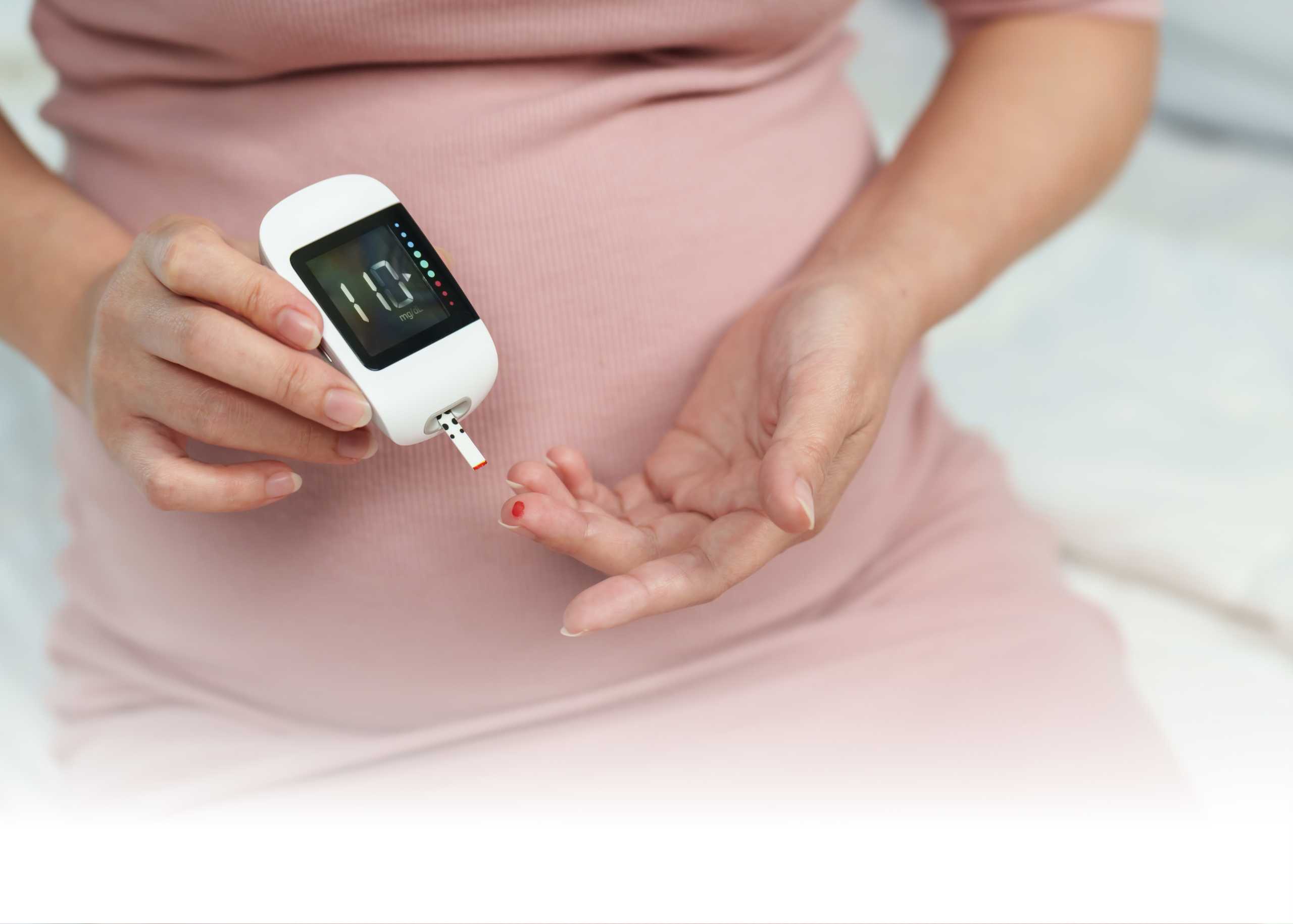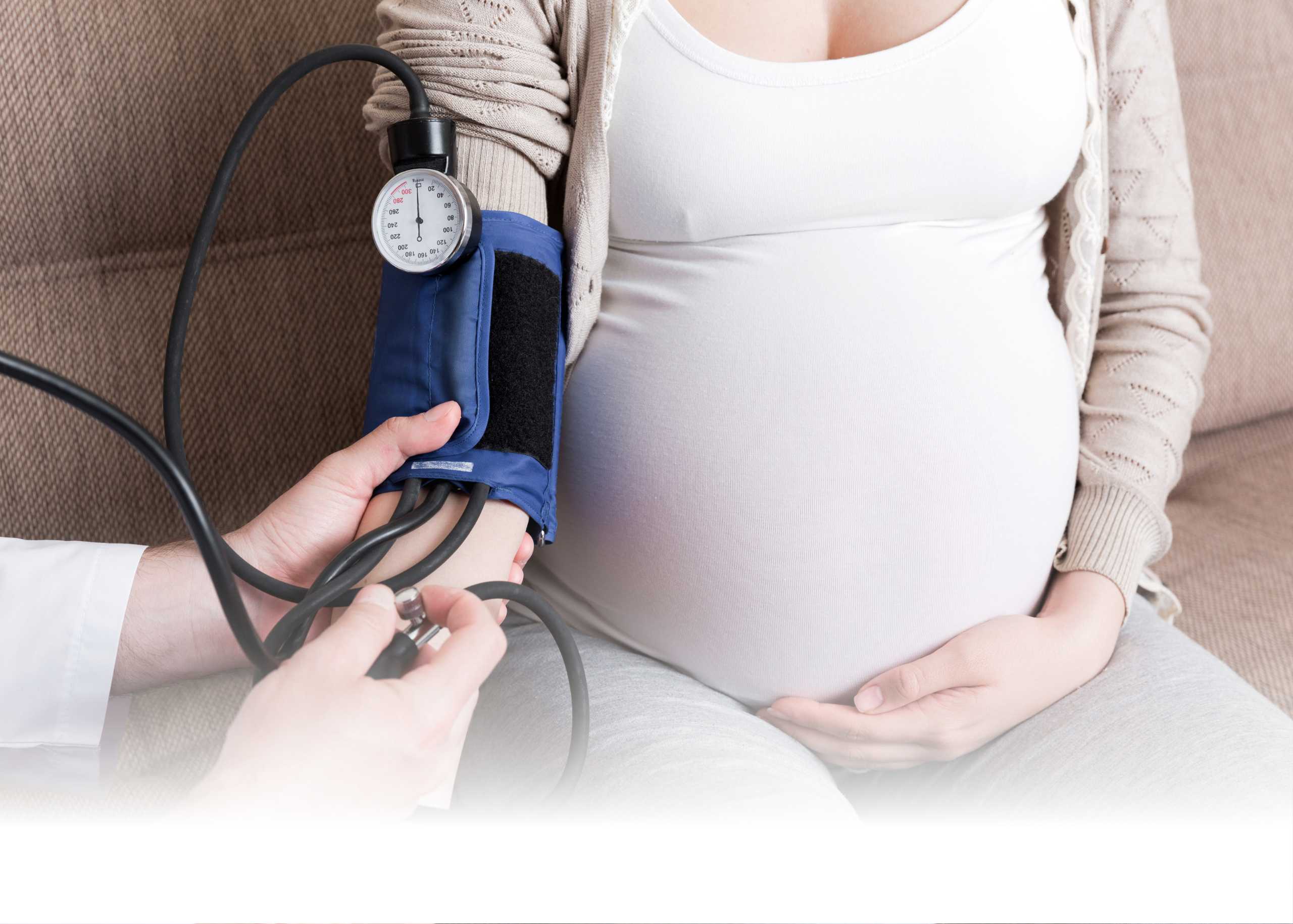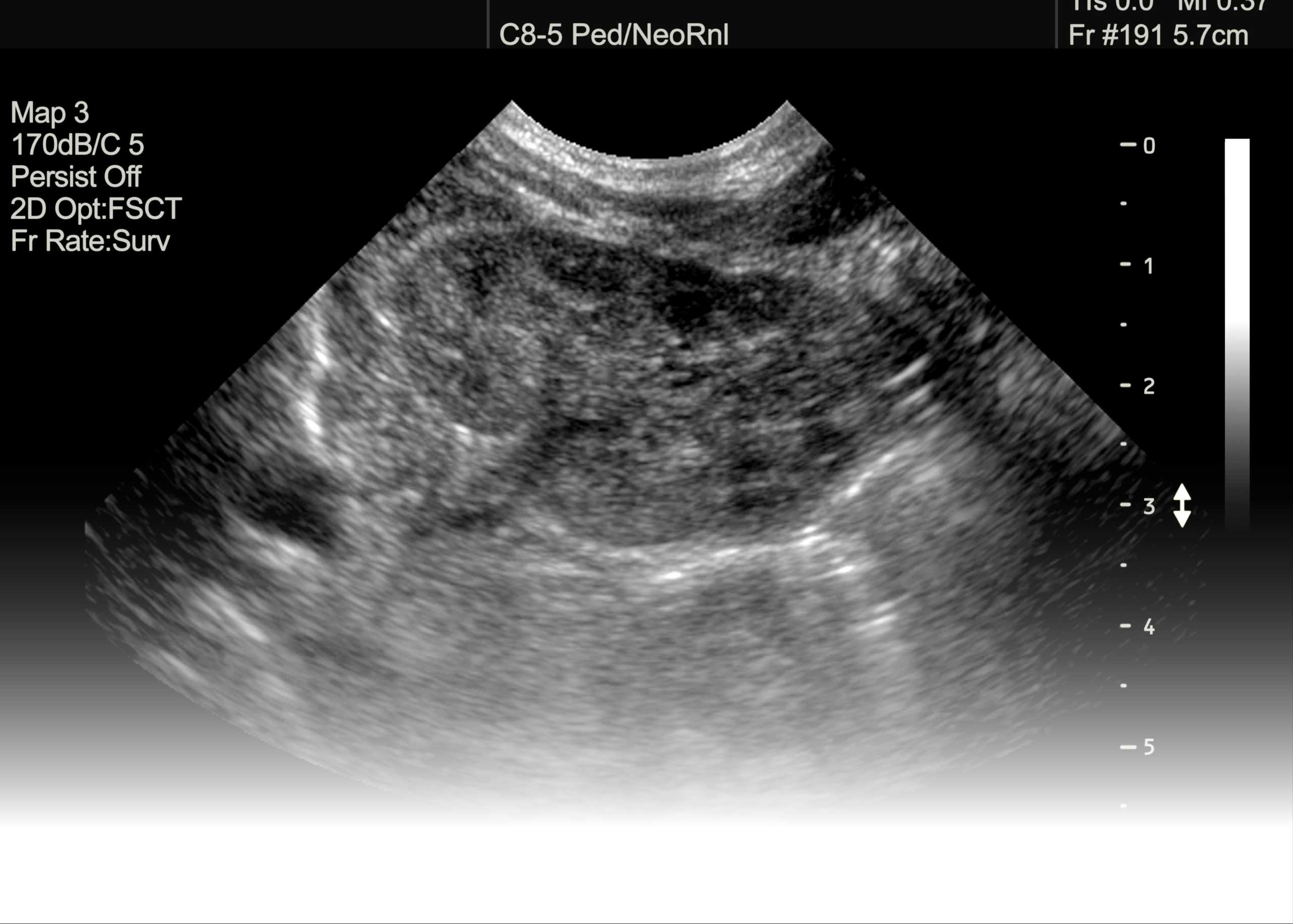Early Detection and Expert Surgical Care at Medeor Hospital Dubai
As a pediatric surgeon, I’ve seen how undescended testicles—also known as cryptorchidism—can affect a child’s long-term health and development. While the condition may not appear urgent to many parents at first, timely diagnosis and treatment are essential. In this blog, we aim to guide parents through everything they need to know about undescended testicles, when to take action, and how the expert pediatric team at Medeor Hospital, Dubai can help.
What Are Undescended Testicles?
Undescended testicles occur when one or both testicles fail to descend from the abdomen into the scrotum before birth or within the first few months of life. This condition affects about 3% of full-term infants and up to 30% of premature babies. In most cases, the testicles descend naturally by six months of age. However, if descent does not occur, a surgical evaluation becomes necessary to avoid future complications such as infertility or malignancy.
Diagnosis: Pediatric Surgeon’s Assessment
During routine wellness check-ups, pediatricians perform a physical examination to ensure both testicles are present in the scrotum. If a testicle is not palpable or is located higher up in the groin, the child is referred to a pediatric surgeon for further evaluation.
- A retractile testicle, which moves in and out of the scrotum, is typically harmless.
- A true undescended testicle, however, rarely corrects itself after six months, making timely medical attention crucial.
Timing Matters: Why Early Orchiopexy is Crucial
The recommended treatment for undescended testicles is a surgical procedure called orchiopexy. This is ideally performed between 6 to 18 months of age.
Delaying the procedure beyond this window can:
- Increase the risk of infertility, as proper testicular temperature regulation in the scrotum is vital for sperm development.
- Elevate the risk of testicular cancer later in life.
Studies confirm that early orchiopexy significantly reduces these long-term health risks and improves the chances of healthy development.
The Surgical Perspective: What Happens During Orchiopexy
Orchiopexy is a safe and routine surgery performed under pediatric general anesthesia. Here’s how the procedure typically unfolds:
- A small incision is made in the groin or scrotum.
- The undescended testicle is located, examined, and mobilized.
- A scrotal pocket (Dartos pouch) is created to hold the testicle in place.
- Dissolvable structures are used to secure the testicle.
- If a hernia sac is found, it is repaired during the same operation.
Recovery is quick and uncomplicated. Most children return home the same day or after a short overnight stay. Post-operative care includes mild pain management, wearing loose clothing, and basic wound care. Most children resume normal activities within a few days.
The Pediatric Surgeon’s Role in Long-Term Health
From a clinical perspective, ensuring that both testicles are properly positioned in the scrotum is not just a matter of immediate correction—it’s a long-term investment in your child’s health. Proper testicular positioning helps:
- Prevent fertility issues in adulthood.
- Reduce the risk of testicular cancer.
- Enable easy self-examination later in life.
Conversely, intra-abdominal testicles carry a higher risk of malignancy, torsion, and missed detection, reinforcing the need for early intervention.
Meet Dr. Bhushanrao Bhagawan Jadhav at Medeor Hospital Dubai
For families in the UAE, Dr. Bhushanrao Bhagawan Jadhav is a trusted name in pediatric surgical care. With over 14 years of experience as pediatric and neonatal surgeon, including specialized procedures in pediatric urology and robotic-assisted surgery, Dr. Jadhav leads with skill and compassion.
At Medeor Hospital Dubai, Dr. Jadhav and his team are equipped with state-of-the-art technology and a family-centered approach to ensure your child receives the safest and most effective care for undescended testicles.
What Parents Should Do Now
If you’re a parent or caregiver, here’s what you can do:
- Observe your infant’s testicles during routine diaper changes.
- Consult your pediatrician if one or both testicles haven’t descended by six months.
- Discuss referral to a pediatric surgeon and ask about timing for orchiopexy—ideally before 18 months of age.
- Choose a specialized team, like the one led by Dr. Jadhav, for safe, expert care.
Conclusion: Early Action, Lifelong Benefits
Undescended testicles may seem like a small concern early on—but with prompt evaluation and expert intervention, they can be corrected safely and effectively. At Medeor Hospital Dubai, we’re committed to supporting families through every step, ensuring your child receives the care they deserve for a healthy future.
If you have questions or would like to schedule a consultation, don’t hesitate to reach out to our Pediatric Surgery Department today.







